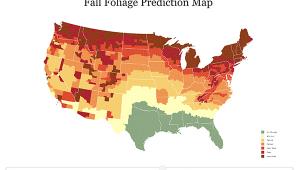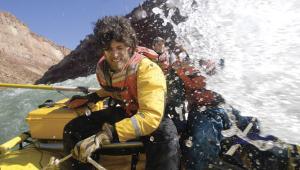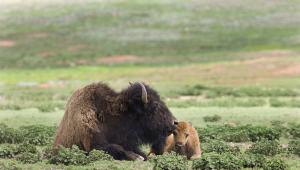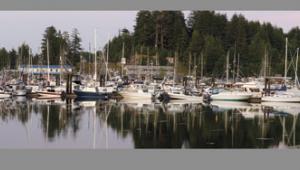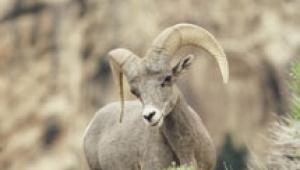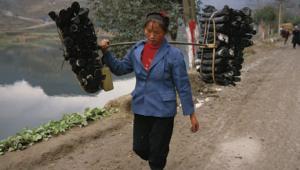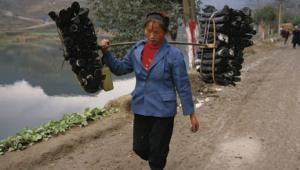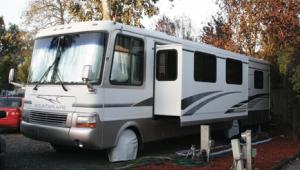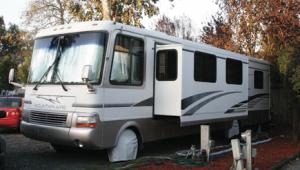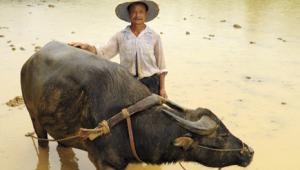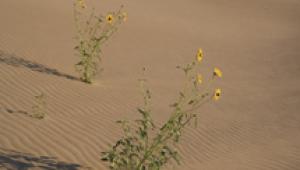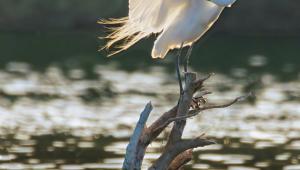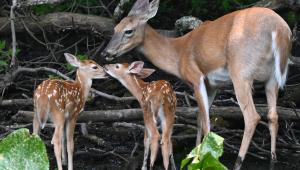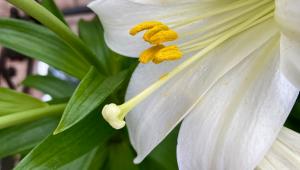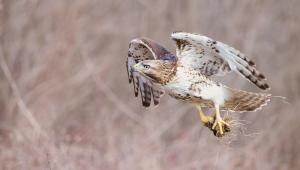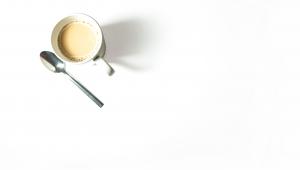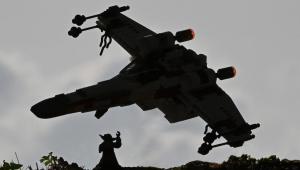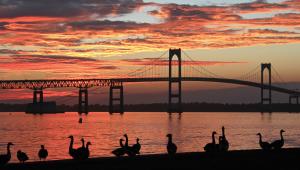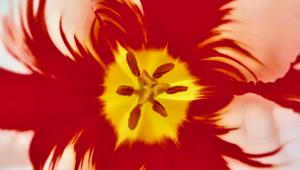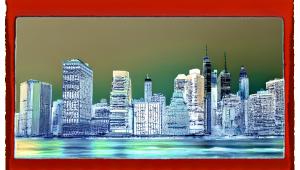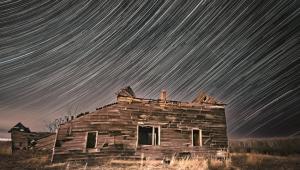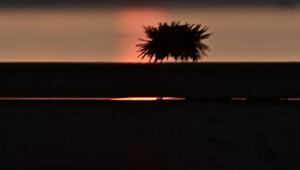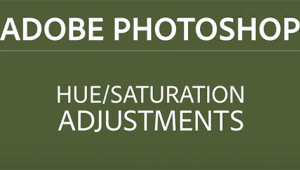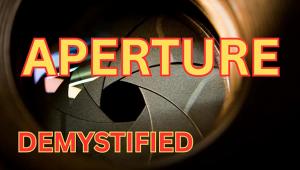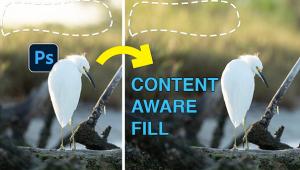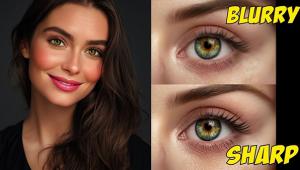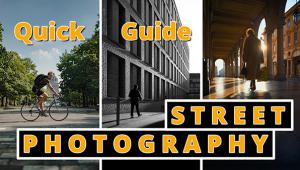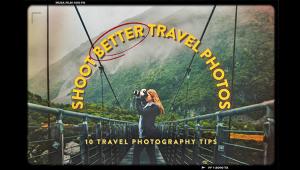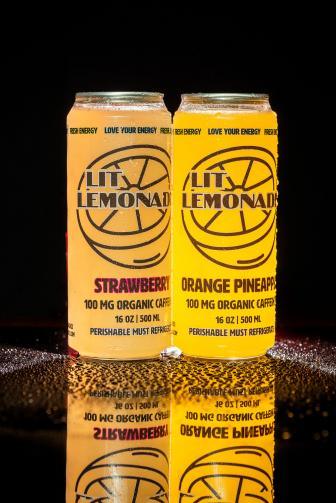There are lots of things to learn about when it comes to creating outstanding photographic works. - Eric Ludy
A Keen Eye For Color; The Photography Of Alex Webb Page 2
In 1993 Webb had gone on assignment to Cuba but, though he was intrigued, did not feel ready to photograph there. In 2000 he returned to teach a workshop and realized that he needed to go back again. Every year since then he and his wife have returned to Cuba at least once. The allure of the streets of Havana called to him, the aliveness and what he calls the "strangely surreal quality of Cuba" still draws him back.
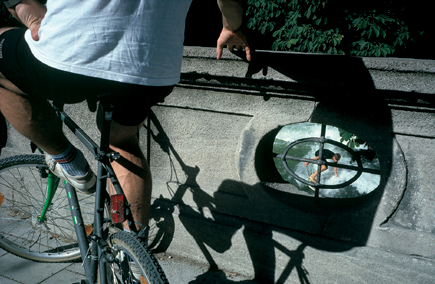 |
|
|
"I have a sense of a very animated, intense people," he says,
"and a deep, rhythmic sense of life, but at the same time it is a place
that has been taken out of time on some level. The history of Cuba, the support
from the Soviet Union and the US embargo means that so much of what we associate
with the modern world never made it to Cuba. In Havana I photograph cars from
'52 and architecture that is a weird combination of grand Hispanic colonial
architecture and American buildings."
The Istanbul pictures are more linked to his current Mexican border images,
which are depicted in his most recent book, Crossings: Photographs from the
US-Mexico Border, a selection of photographs that brought an awareness of the
fusion of different cultures that seem to have met with "a rough handshake."
"As a photographic experience," Webb says, "that fusion varies
as one passes through the border, one moment very Mexican, the next very American."
Having sensitively documented the meshing of these distinct cultures Webb is
now doing the same in his Istanbul series, where one city is physically in both
Europe and in Asia and has a long Asiatic tradition as well as an extensive
European culture that has now become more westernized.
In '68 Webb had visited Istanbul, spending a day there with his parents.
He did not return until '98, then again in '01 after persuading
National Geographic to help with the Istanbul project. Since then he has returned
five times. "Istanbul is also kind of a border," he says. "It's
a border between Europe and Asia, a place with a deep history and many layers
of culture."
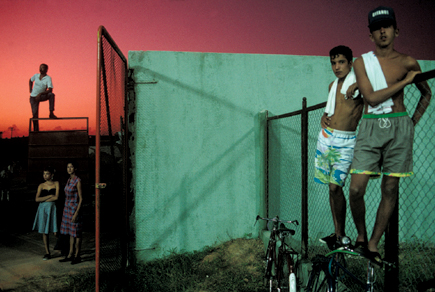 |
|
|
Webb speaks warmly about the Turkish people, the friendly mixture of Asiatic
and Balkan. "The weight of history seems to hang on their faces,"
he says, "and lends a special quality, an interesting mixture that I see."
What he sees he must convey and Webb will tell you that a good photograph lies
somewhere in its emotional essence and how it melds with the formal expression.
He believes a photograph must be somewhat ambiguous. The images he likes most
are those that distinguish him from other traditional photojournalists in that
his work does not always provide an answer. They are stories that go beyond
the obvious and the direct and may even foster questions.
"It's certainly not a quality particularly embraced throughout the
magazine world," Webb admits, "and there are only certain magazines
that will be open to photographs with a high level of ambiguity." This
includes National Geographic who also helped him with his Mexican border project.
Other than magazines his ventures have been aided by grants such as from the
Hasselblad Foundation Grant and the National Endowment for the Arts.
Webb speaks about the thrill of photographic surprises, telling of how the image
on the cover of Crossings captured one of those moments. It's a picture
of several Mexicans being arrested in a field of flowers in the late afternoon.
The yellow blossoms are striking and glorious yet there is this basically tragic
event that is taking place.
"I could never have conceived a scene like this," he says, "so
surreal it looks like it was set up for some kind of movie. It was marvelous
to come upon this. I was driving with a border patrol unit when suddenly all
of this started to happen out in the middle of the field. I said `Stop!'
and ran out onto the field and took the pictures. This is one of those remarkable,
special, fantastic events more than I could ever imagine. The world is richer
than my imagination!"
And that is why Webb takes pictures!
Webb and his wife Rebecca Norris Webb, photographer and author of The Glass
Between Us, do numerous workshops and this past May were invited to do a workshop
at the Griffin Museum in Winchester, Massachusetts, a museum devoted to photography.
To see more of Webb's photos, visit his website at: www.magnumphotos.com.
- Log in or register to post comments

